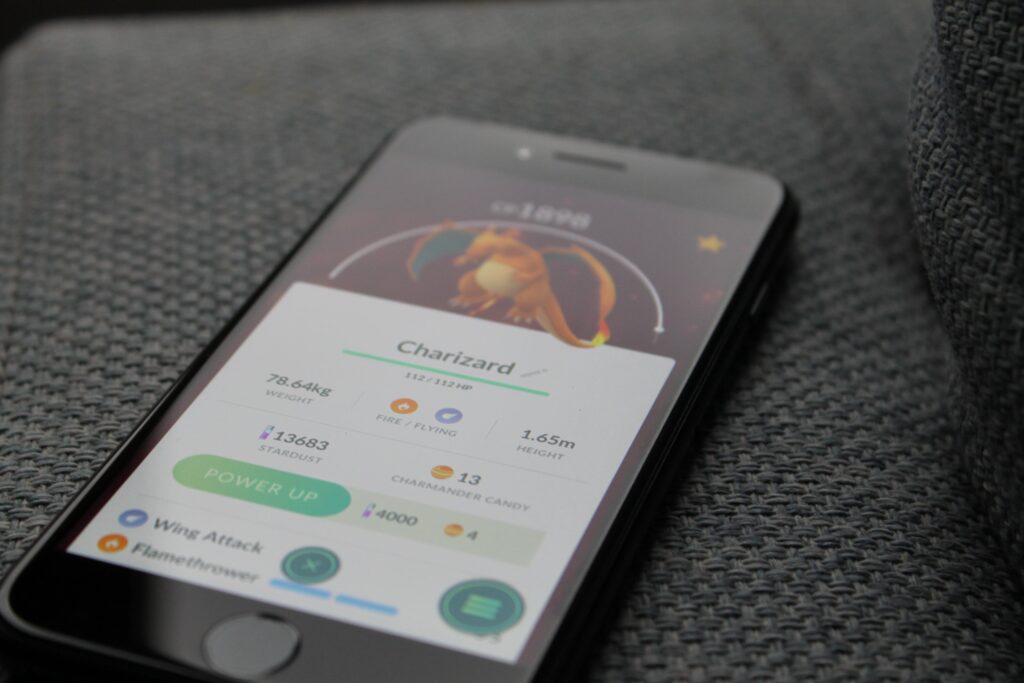Remember when your fridge was just a fridge? Well, those days are long gone. Welcome to the age of the Internet of Things, or IoT for short!
If you’re somewhat engaged with tech news outlets, you might be tired of hearing about this buzzword (though it’s been overshadowed by AI lately) and even think it’s a fad. This impression could not be wronger, however. IoT is a silent revolution happening all around us right now, and sooner than later you’ll be interacting with IoT-based games!
So, what exactly is IoT? Picture the following: your coffee maker, your car, your thermostat, and even your dog’s collar, all “chatting away on the internet.” It’s about connecting everyday objects to the web, allowing them to send and receive data from other devices.
Big tech companies are all over this. Amazon’s Alexa can control your home, Google’s Nest learns your temperature preferences, and Apple’s HomeKit lets you lock your doors with a tap on your iPhone.
But it’s not just for the tech giants: you’re probably using IoT right now without realizing it. That fitness tracker on your wrist? IoT. The app that lets you adjust your home’s lighting from work? You guessed it: IoT!
And it’s about time for IoT-based games to take over the world, currently one of the most popular pastimes. In this article, we’ll explain the concept of IoT-based games, giving you an overview of their allure, examples, challenges, industry impact, and what they might look like in the future!
What are IoT-based games?

Put simply, IoT-based games are the cool hybrid offspring of video games and the physical world. They take the immersive experiences we love from traditional games and supercharge them with real-world data collected through smart devices and objects.
You can think of it this way: in a regular game, you might have a virtual pet you feed and care for on screen. In an IoT-based game, your actual dog’s activity, tracked by a smart collar, could influence the health and happiness of your virtual pet. Mind-blowing, right?
Similarly, your morning jog could power up your character’s skills in an RPG, the temperature outside might affect the climate in your strategy game.
These games (like the metaverse) blur the lines separating the virtual and the real, potentially turning your whole world into a playground. The possibilities are endless, and, frankly, pretty exciting.
The allure of IoT-based games
Now, you might wonder: “Why should I care about IoT games?” Well, they’re changing the game.
First off, immersion. We’ve all had those moments where we’re so into a game’s atmosphere and whatever is going on, we forget the real world exists, right? IoT-based games could take that to a whole new level. When your actual environment influences your gameplay, you’re living in the moment.

Don’t forget that, as IoT devices, they can communicate with your other smart appliances and objects, such as your home’s lighting system. So, if you’re playing an augmented reality (AR) game with IoT features, the lights could dim or shine brighter depending on what’s happening in the game.
Then, there’s the physical aspect. As we spend more time focusing on our professional careers (be it by working or studying), sometimes we have to sacrifice something to maintain a healthy sleep schedule while still having some free time.
Unfortunately, for many, exercise is one of the first things to go, leading to a sedentary lifestyle. IoT-based games can turn physical exertion into an adventure. Suddenly, that dreaded morning run becomes a quest to outrun virtual zombies, or your daily yoga routine transforms into poses that give you in-game rewards – all powered via your smartwatch.
These IoT games are prime candidates for tapping into the power of gamification, turning mundane activities into point-driven challenges, badge-earning opportunities, and social competitions with friends.
Speaking of them, social interaction gets a major boost, too. IoT-based games could provide a framework for friendly competition with peers for the most steps walked in a day, or teaming up with them to take on cooperative challenges in an AR world.
These games could provide a sense of community and shared accomplishment, transforming many solitary activities into opportunities to connect and have fun with others.

But here’s the real kicker: personalization. IoT-based games can adapt to you in ways traditional games can’t even dream of, like creating quests on the fly around your daily routine or adjusting the difficulty based on your heart rate for example.
Finally, for developers, we can’t forget the power of data. Smart devices could collect valuable real-time data on player behavior and preferences. This would allow those professionals to analyze player engagement, identify areas for improvement, and ultimately create even better experiences for everyone, increasing the game’s lifespan.
As they say, data is king, and it’s no different with IoT gaming!
Challenges facing IoT-based games
As exciting as IoT gaming is, it’s not all sunshine and rainbows.
Privacy for one is a double-edged sword in this context. On one hand, the more data we collect, the better we can tailor experiences; on the other, we’re walking a tightrope of user trust. How much information is too much? Where do we draw the line between personalization and invasiveness?
Then there’s the need for IoT-compatible devices. Not everyone’s rocking the latest smart home setup or wearable tech. This creates a barrier to entry that could limit your player base. It’s like trying to sell a PS5 game to someone with a PS3 – the gap is real, and it’s wide.

Scalability is another beast we’re grappling with. Sure, it’s one thing to create an IoT-based game that works flawlessly for thousands of players, but what happens if demand suddenly grows ten, twenty-fold? Ensuring systems can handle all that load without breaking a sweat is a monumental task.
Real-time processing is tricky, too. IoT games often rely on instant feedback loops between the physical and the virtual. However, with latency issues, especially in areas with spotty internet, maintaining that seamless experience is troublesome. A split-second delay in Candy Crush is nothing, but in IoT gaming, it could make or break the experience.
And then, for us developers, one can’t ignore the financial side. Developing IoT-based games often comes with higher upfront costs – you could be creating physical components from scratch setting up complex server architectures, and investing in cutting-edge tech. It’s a big ask, especially for smaller studios and indie developers.
What are the technologies behind IoT-based games?
Let’s geek out a bit on the tech powering IoT gaming. It’s a complex ecosystem, but we’ll break it down without putting you to sleep.
First, we have cloud computing, processing vast amounts of data and scaling games to thousands of concurrent players as needed. While the resources demanded by a sudden influx of players might not be enough, it’s a real saver!
Then, there’s analytics and big data, our eyes and ears. They ingest terabytes of information from countless devices to give us accurate and actionable insights. It’s how developers understand players and create those personal, fine-tuned experiences.

Machine learning and AI are the brains, allowing games to adapt based on player behavior. They can predict actions, generate content, and even detect cheating. The more accurate data we feed them, the smarter games become.
Sensors bridge the gap between digital and physical. From your phone’s accelerometer to your smartwatch’s heart rate monitor, they’re the game’s gateway to the real world. They’re often powered by wireless networking technologies like Wi-Fi, Bluetooth, and 4G/5G.
And last but not least, we have databases. We’re talking about distributed and scalable solutions that can store data securely and handle the flood of real-time data from IoT devices.
Conclusion
As we’ve explored, IoT-based games are on a trajectory to revolutionize how we play, offering unprecedented levels of immersion, personalization, and real-world integration.
From turning your jogs into epic quests to creating dynamic AR game worlds that respond to your environment, IoT games’ potential cannot be understated.
However, these technologies must become faster, more efficient, and cheaper to truly soar. There are also significant challenges regarding privacy, but the rewards are far, far greater.
As we keep pushing the boundaries of what’s possible, who knows what amazing experiences developers will create within a decade? One thing’s for sure: the game is changing, and IoT and AI are leading the charge.
Are you equally excited about the future of IoT gaming? We are Main Leaf, a game development company with over 12 years of experience creating immersive and engaging games across all genres, and we’re actively exploring ways to integrate these trends and technologies into our projects.
If you’re a game developer or publisher looking to leverage the power of IoT gaming, we’d love to hear from you! Contact us today and let’s start designing the future of gaming together!

